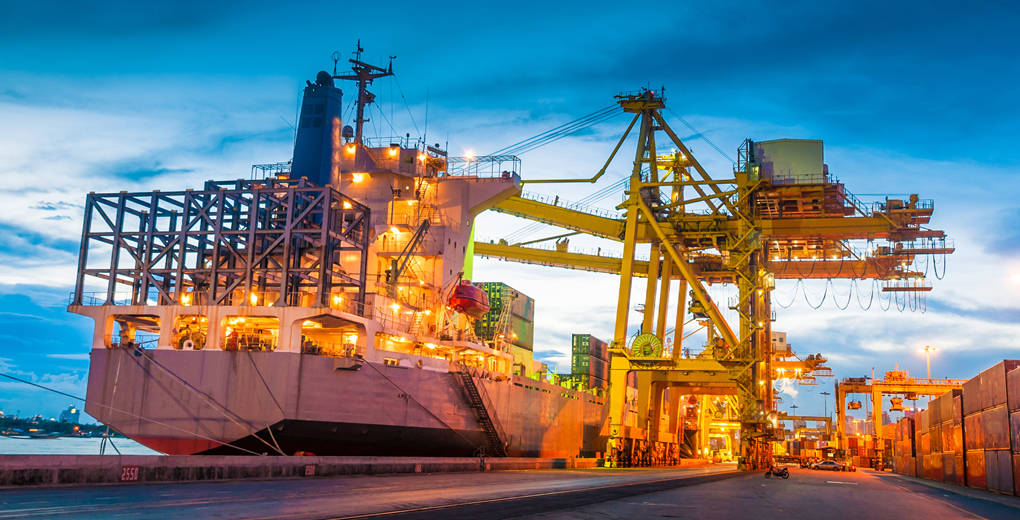We already see examples of automated technology throughout society – from manufacturing assembly lines to Amazon Alexa adding items to our shopping lists.
But new advances in autonomous port technology and commercial ship design have the potential to impact supply chains, operating costs and employee safety around the world.
Automated port systems
What are they?
Robotic technology is used to automate certain port business processes, such as loading and unloading ships, inspecting and stacking containers and operating gates, reducing or eliminating the need for human intervention.
Are they operational yet?
Yes, in part – the introduction of autonomous tech is likely to be incremental, as new functions are developed and equipment is replaced. The container cranes at Maasvlakte 2 in the Port of Rotterdam are unmanned and practically fully automated – almost every part of the process of unloading containers is handled by software.
What are the benefits?
Automating the flow of goods through ports will speed up the process – and in turn the entire shipping supply chain. There will also be a cost benefit, as more goods can be processed.
What are the drawbacks?
Computerisation should reduce or remove human error, but sceptics suggest it might make way for other problems – such as digital errors which could cause physical harm. Increasing reliance on tech could also open ports up to cyber criminals, hacking for data, ransom or control of ports.
There may also be less need for staff, although a substantial amount of employees will need to be retrained to maintain new equipment and processes.
Autonomous ships
What are they?
Autonomous vessels are entirely unmanned, or launch with a small crew before becoming self-piloting. Computer software takes care of navigation, while onboard systems monitor and manage systems.
Are they operational yet?
Plenty of companies are developing models, but the first ships are expected to set sail very soon. 2018 will see the launch of the Yara Birkeland, a crewless 100-150 container capacity ship, which will initially deliver fertiliser along a 37-mile route in Southern Norway.
Japan’s largest shipping container company NYK Line is planning to test a remote control vessel across the Pacific Ocean in 2019, while Rolls Royce has presented a vision of land-based control centres from which it would remotely monitor and control a fleet of unmanned cargo ships.
What are the benefits?
Automating on-board operations saves time and money, while reducing off-shore crew will naturally result in fewer injuries and accidents.
Crew would still be able to monitor systems and control ships from shore using communications technology, while Artificial Intelligence (AI) also allows computer systems to learn as they go.
What happens if there’s a problem? On-board incidents, such as hull damage or a cargo fire, would either be managed by remote control units operated from shore, or crews could travel out to meet the vessel.
What are the drawbacks?
Loaded with technology, they are expensive to build – the Yara Birkeland will cost approximately $25 million, or three times as much as a conventional ship of a similar size.
Increased costs will undoubtedly make autonomous vessels more expensive to insure, especially until their effectiveness, emergency procedures and cargo safety are proven. Regulatory and legal developments will also be necessary to make unmanned ships a reality.
For more information on dedicated marine technology insurance, speak to Safeguard’s experts on 08456 888 284.

